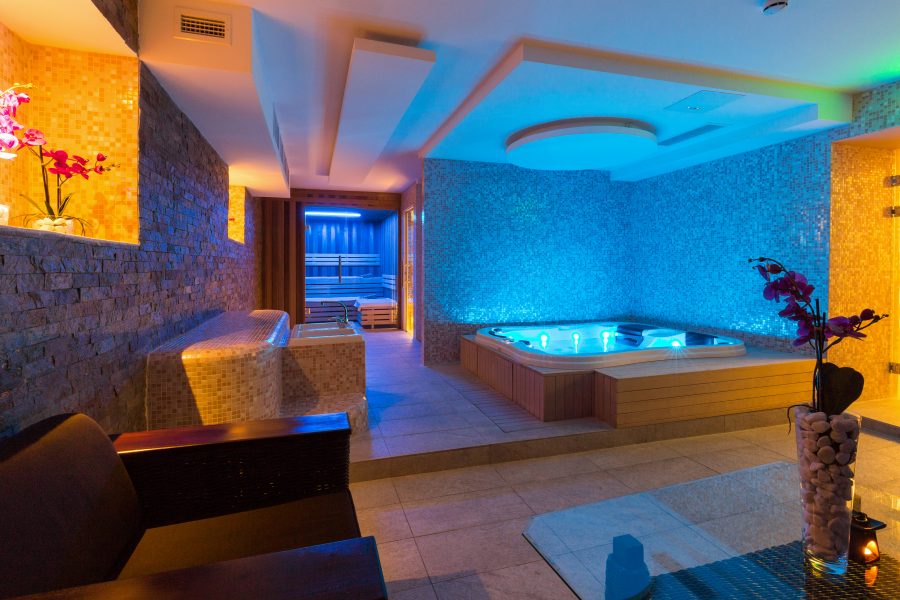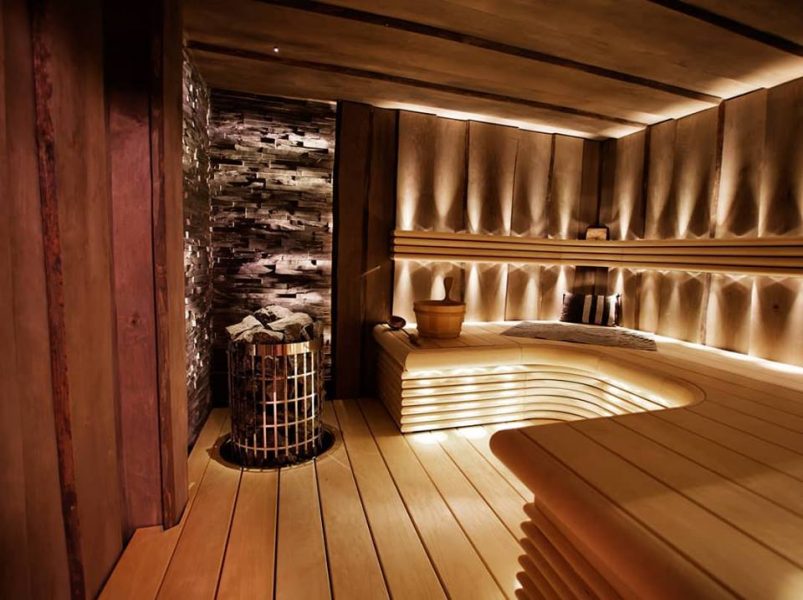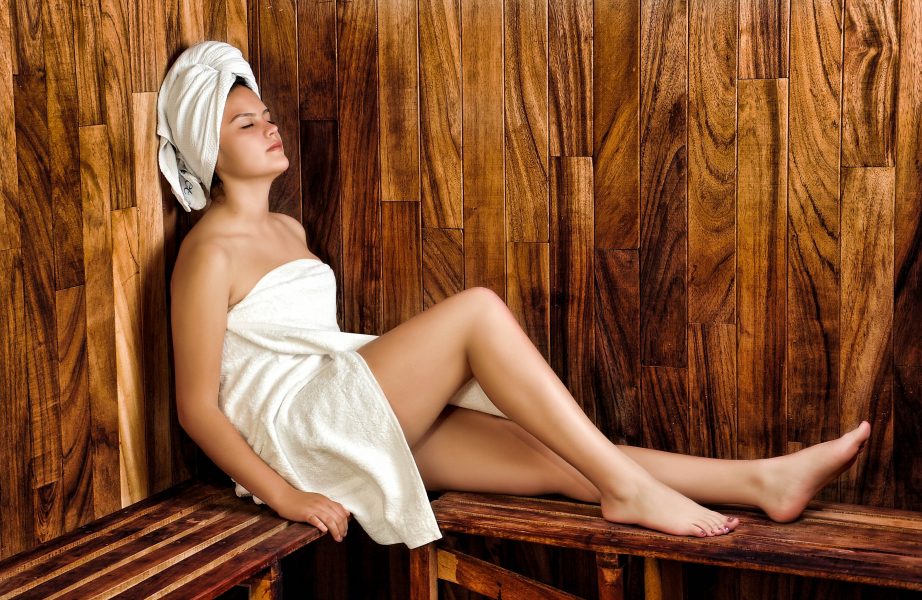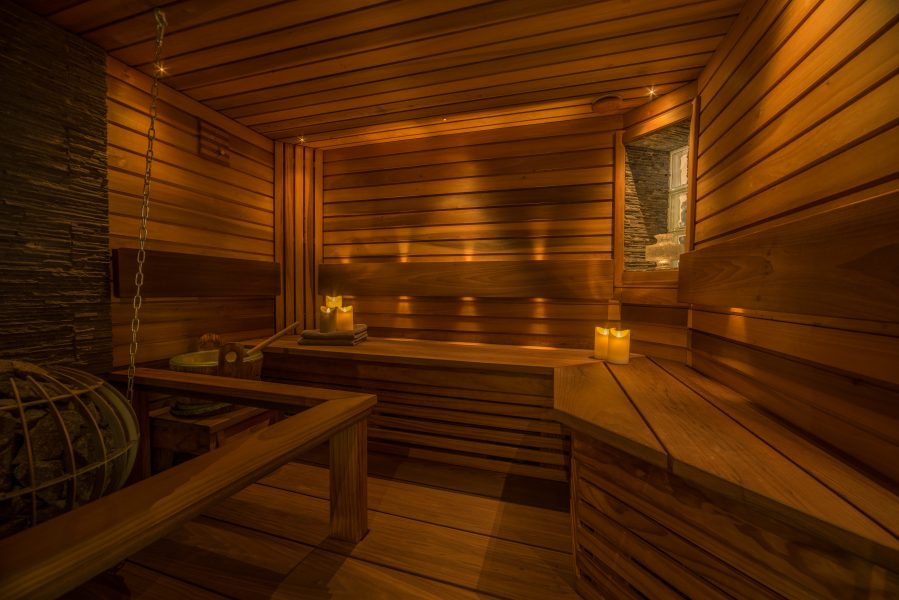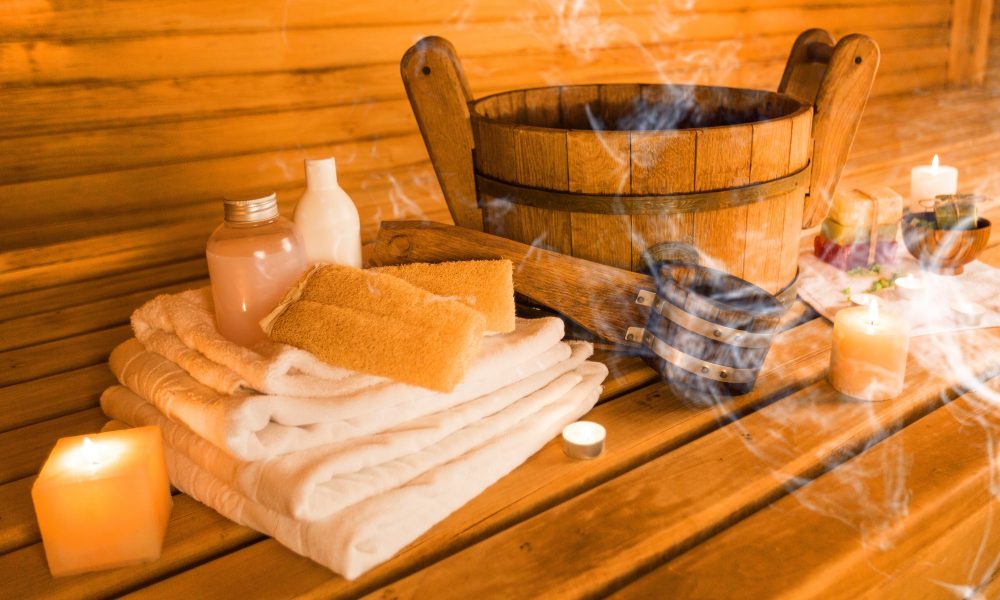THE IMPORTANCE OF WELLNESS
Wellness is an active process of becoming aware of and making choices toward a healthy and fulfilling life. Wellness is more than being free from illness, it is a dynamic process of change and growth.
Maintaining an optimal level of wellness is absolutely crucial to live a higher quality life. Wellness matters because everything we do and every emotion we feel relates to our well-being. In turn, our well-being directly affects our actions and emotions. It’s an ongoing circle. Therefore, it is important for everyone to achieve optimal wellness in order to subdue stress, reduce the risk of illness and ensure positive interactions.
Types of Wellness
Many people think that if they are not sick, then they are well. However, the definition of wellness is optimal health and vitality, encompassing physical, emotional, intellectual, spiritual, interpersonal, social and environmental well-being.
Below is a short description of the seven areas of wellness.
Physical Wellness: Optimal physical wellness requires eating well, exercising, avoiding harmful habits (such as smoking), recognizing the signs of disease, getting regular physical exams, and taking steps to prevent injury i.e. wearing a bike helmet.
Emotional Wellness: Optimism, trust, self-esteem, self-acceptance, self-confidence, self-control satisfying relationships, and an ability to share feeling
Intellectual Wellness: Openness to new ideas, a capacity to question and think critically, and the motivation to master new skills.
Spiritual Wellness: Possess a set of guiding beliefs, principles, or values that give meaning and purpose to life. Spiritual wellness is also the capacity to love, have compassion for others, forgiveness, joy and fulfillment.
Interpersonal and Social Wellness: Good communication skills, developing the capacity for intimacy and cultivating a support network of caring friends and/or family. Social wellness also means participating in and contributing to the community, country, and world.
Environmental Wellness: Learning and contributing to the health of the planet. Helping to eliminate pollutants, lead paint, and second hand smoke indoors. Environmental wellness requires learning how to protect yourself from these hazards and doing what you can to reduce or eliminate them.
Cultural Wellness: Develops awareness, appreciation, acceptance and embracement of cultural differences.
WHAT IS A SAUNA?
A sauna is a small room or building designed as a place to experience dry or wet heat sessions, or an establishment with one or more of these facilities. The steam and high heat make the bathers perspire.
The sauna known in the western world today originates from Northern Europe In Finland, there are built-in saunas in almost every house.
Under many circumstances, temperatures approaching and exceeding 100 °C (212 °F) would be completely intolerable and possibly fatal if exposed to long periods of time. Saunas overcome this problem by controlling the humidity. The hottest Finnish saunas have relatively low humidity levels in which steam is generated by pouring water on the hot stones. This allows air temperatures that could boil water to be tolerated and even enjoyed for longer periods of time. Steam baths, such as the turkish sauna, where the humidity approaches 100%, will be set to a much lower temperature of around 40 °C (104 °F) to compensate. The “wet heat” would cause scalding if the temperature were set much higher.
In a typical Finnish sauna, the temperature of the air, the room and the benches is above the dew point even when water is thrown on the hot stones and vaporized. Thus, they remain dry. In contrast, the sauna bathers are at about 38 °C (100 °F), which is below the dew point, so that water is condensed on the bathers’ skin. This process releases heat and makes the steam feel hot.
Finer control over the temperature experienced can be achieved by choosing a higher level bench for those wishing a hotter experience or a lower level bench for a more moderate temperature. A good sauna has a relatively small temperature gradient between the various seating levels. Doors need to be kept closed and used quickly to maintain the temperature inside.
HEALTH BENEFITS OF A SAUNA
Regardless of how a sauna is heated, or the humidity level, the effects on the body are similar. When a person sits in a sauna, their heart rate increases and blood vessels widen. This increases circulation, in a similar way to low to moderate exercise depending on the duration of sauna use. Heart rate may increase to 100-150 beats a minute while using a sauna. This may bring some health benefits.
EASING PAIN
Increased circulation may help reduce muscle soreness, improve joint movement, and ease arthritis pain.
REDUCING STRESS LEVELS
As the heat in a sauna improves circulation, it may also promote relaxation. This can improve feelings of well-being.
IMPROVING CARDIOVASCULAR HEALTH
The reduction in stress levels when using a sauna may be linked to a lower risk of cardiovascular events. One study, conducted in Finland, followed 2,315 men ages 42 to 60 over the course of 20 years. Findings suggested that people who use a sauna may have a lower risk of dying from cardiovascular disease. Of the participants in the study, a total of 878 died from cardiovascular disease, coronary artery disease or sudden cardiac death. Participants were categorized by how often they used a sauna, including once a week, two to three times a week, and four to seven times a week. After adjusting for cardiovascular risk factors, increased sauna use was linked with a reduced risk of fatal cardiovascular-related diseases. Participants who used the sauna two to three times a week were 22 percent less likely to experience sudden cardiac death than those who only used it once a week. Those who used a sauna four to seven times a week were 63 percent less likely to experience sudden cardiac death and 50 percent less likely to die from cardiovascular disease than those who only used a sauna once a week. Sauna use may also be associated with lower blood pressure and enhanced heart function.
SKIN PROBLEMS
A dry sauna dries the skin during use. Some people with psoriasis may find that their symptoms reduce while using a sauna, but those with atopic dermatitis may find that it worsens.
ASTHMA
People with asthma may find relief from some symptoms as a result of using a sauna. A sauna may help open airways, loosen phlegm, and reduce stress.
LOWER RISK OF ALZHEIMER’S
In 2016, researchers from Finland published findings of a 20-year study that linked sauna use with a lower risk of dementia and Alzheimer disease. The study involved 2,315 healthy men aged from 42 to 60 years.
Those who used a sauna 2 to 3 times per week were 22 percent less likely to get dementia and 20 percent less likely to get Alzheimer’s than than those who did not use a sauna. Those who used a sauna four to seven times a week were 66 percent less likely to get dementia and 65 percent less likely to get Alzheimer’s than those who used a sauna once a week.
TYPES OF SAUNA
The word sauna comes from Finland and translated literally means “bathhouse”. It is the only Finnish word used in the English speaking language.
Saunas come in all shapes and sizes, as well as with different heating systems. If you are interested in improving your overall health and wellness any type of sauna would be a great asset in your healthy living plan.
While a sauna is great for your body, it can also be good for your mind. They are relaxing, rejuvenating, and have an extensive list of health benefits.
The sauna can rid your body of toxins that you accumulate on a day to day basis. It can improve circulation, decrease blood pressure, relieve aches and pains, and reduce your levels of stress helping to relax you. This in turn can help you sleep better and we all know how great we feel after getting a good nights sleep!
There are many different types of saunas on the market today and choosing the one that is right for you can be a daunting task. But rest assured which ever you choose the benefits to your overall health and wellness will vastly improve.
FINNISH SAUNA
The most common saunas are finnish saunas. In a typical Finnish sauna, the temperature of the air, the room and the benches is above the dew point even when water is thrown on the hot stones and vaporized. Thus, they remain dry. In contrast, the sauna bathers are at about 38 °C (100 °F), which is below the dew point, so that water is condensed on the bathers’ skin. This process releases heat and makes the steam feel hot.
The biggest benefit that people enjoy about electrically heated finnish sauna is that they allow you more control over the temperature of the room. It can be a bit more difficult to control the temperature of the room when using a wood-burning sauna heater. You can be very precise when using electrical heat, as it will have buttons for you to push, and you can program the desired temperature manually. You will also find that many of these units will come with a remote control so that you don’t have to get up just to adjust the temperature.
These electrically heated saunas are quite energy-efficient as well. You won’t have to worry about them negatively impacting your power bill too much, as they are made to adhere to strict energy standards.
STEAM SAUNA
The origins of the steam sauna come from the Roman steam baths which began at the height of the Roman Empire. The Roman baths served many community and social functions.
Everyone in ancient Rome used public baths regardless of their social standings, the baths were supplied by natural hot springs from beneath the ground.
The Romans spread their love of bathhouses throughout the Empire and most Roman towns had a least one public bathhouse. They were also an important building in the garrisons.
Public bathhouses were comprised of three principal rooms: The Caldarium (the hottest of the three), The Tepidarium (warm bath) and The Frigidarium (cold bath).
The caldarium was built right on top of the furnace or ‘hypocaust’ and the walls were hollow to allow the the hot air coming from below to heat the bath.
Sweat bathing has been popular in many cultures through out the world. The Finns have laid claim to the sweat bathing as their personal method of hygiene.
Native Americans also liked the idea and built sweat lodges that were being used around this time. They believed they not only cleansed the body but also the mind.
The modern steam sauna uses a lower temperature and higher humidity and produces moist heat. They are built using tile or plastic and are heated by a device called a steam generator. The generator boils water into steam and the steam is released into the air.
Unlike a sauna, a steam room needs to be airtight so the humidity can build. The high humidity in a steam room will keep your sweat from evaporating, making you feel much hotter, and the more you sweat the more health benefits you will receive.
INFRARED SAUNA
By far the most popular selling portable saunas on the market today is the far infrared portable sauna. The reason these types of saunas have become so popular is in part due to their portability. Health benefits and price also play a role.
The infrared saunas use heat and light to help relax and detoxify the body. These saunas omit infrared light waves that create heat in the body, causing you to sweat and release stored toxins.
Infrared heaters warm the body in much the same way as natural sunlight. Infrared heat therapy uses the wavelength of the visible and non-visible light spectrum of sunlight to heat the body normally.
This makes the infrared portable saunas different than traditional saunas that raise the temperature of the air around you to very high level within the chamber to warm the body.
Infrared rays are one of the suns rays and are the healthiest. They penetrate into your skin deeply and they dissolve harmful substances accumulated in your body. The infrared rays vitalize your cells and metabolism.
The sweat glands offer one of only a few mechanisms that the body has to release toxins, and since the skin is the largest organ in the human body, it’s a very good means for elimination.
Today many healthcare professionals use Far infrared heaters to treat a variety of diseases throughout the world. It is believed that Far infrared waves help improve blood circulation and recovery from fatigue.
Other health benefits are pain relief, weight loss, skin purification, increased circulation and relaxation. Also some studies have shown an infrared sauna can help people with high blood pressure poor digestion and depression as well as anger.
USE OF SAUNA
BEFORE THE SAUNA (Preparation phase)
- First of all, the complete undressing in the dressing area of the sauna facility
- Use the toilette if necessary
- Take a shower and then dry off
- If necessary, take warm footbath
IN THE SAUNA
- After entering the sauna, select the place that you want, e.g. on the middle or upper bench, and sit completely on the towel that you brought along (spread out).
- If there is enough room, first of all lay down; otherwise sit with your legs drawn up slightly.
- Add water if necessary, whereby you should be in the pre-sweat phase for 5 – 10 minutes before adding water, enjoy adding the water as a “climax” for approximately 6 – 8 minutes, and then possibly go into a post-sweat phase for 1 – 2 minutes.
- Usually, the time spent in the sauna (Finnish sauna) is approximately 10 to 15 minutes as a rule.
- You should spend the last 2 minutes sitting upright.
- Leave the sauna quietly please not when the water is added).
AFTER THE SAUNA (Cool-down phase)
- Spend approximately 2 minutes in fresh air to fill up with oxygen and to cool the respiratory tract.
- Cold water applications: e.g. cold water shower, flood shower, or Kneipp hose and possibly a plunge bath. The cold water applications cause the skin to cool.
- Hot footbath: Put your feet into ankle-deep hot water that is approximately 40°C. By the blood vessels expanding, the internal heat can pass to the outside through increased circulation to the skin resulting in the body cooling down.
- If necessary, take a quiet break.
- A round in the sauna includes the warm-up phase and the cool-down phase, whereby the cool-down phase (possibly with a quiet break) should take just as long as the warm-up phase. Usually, one round in the sauna (1st) is followed + (2.) by up to 2 more rounds in the sauna with the same order of events.
TIPS FOR SAUNA BATHING
- Before taking a sauna, don’t eat any heavy meals. But also don’t go into the sauna with a growling stomach.
- In case of chronic illnesses, it is absolutely necessary to get the consent of your family doctor in advance.
- Sauna bathing (taking a sauna) should be avoided,
- in a clear case of illness
- in case of chronic illnesses such as
- serious heart disease
- serious lung diseases
- infections
- high blood pressure
- kidney disease
- epilepsy
- thyroid hyperfunction
- at the beginning of an existing cold, influenzal infection, … (On the other hand, taking a sauna regularly is idea as a preventative measure against colds.)
- Always entre the sauna dry (dry off in advance if necessary).
- During the warm-up phase (in the sauna), don’t cool the body with ice.
- A round in the sauna (especially in the warm-up phase in the sauna) should only last as long as it feels good.
- A plunge-bath (in the cool-down phase) should be avoided by people with high blood pressure or a weak heart.
- The cool-down phase should take at least as long as the warm-up phase.
- When taking a sauna, nicotine and alcohol are considered to be taboo.
- Don’t do any sports activities between sauna rounds. This would stress the heart and circulation unnecessarily.
- To provide positive support to purification of the body, you should give your body sufficient fluids after the last round in the sauna. The loss of fluids should be compensated for with water and/or fruit juices, for example.
- After sauna bath we recommend a quick shower without shower gel or soap, and afterwards if necessary apply some moisturizing lotion.
